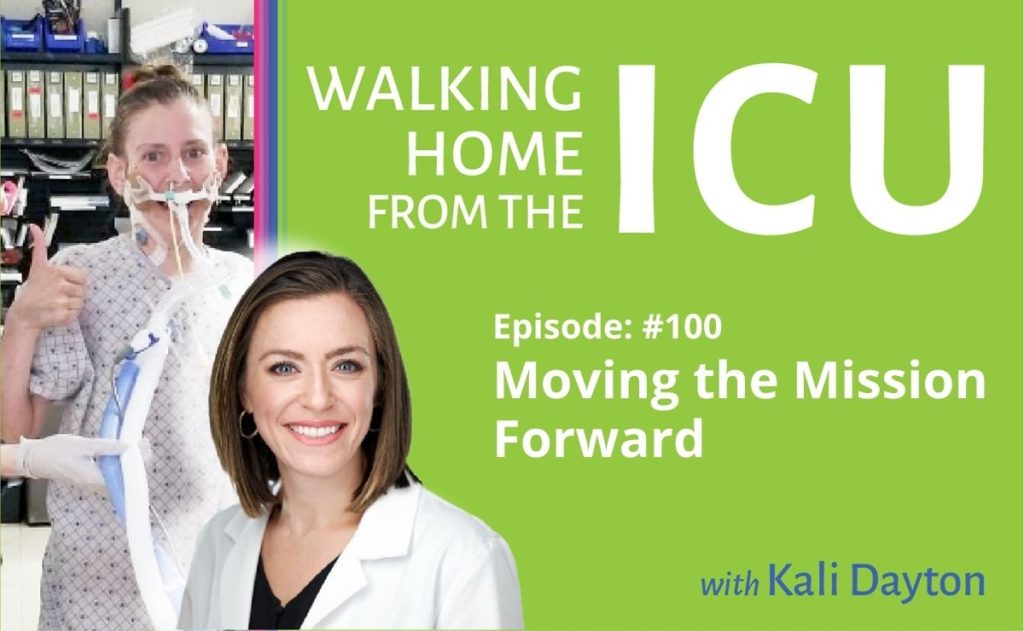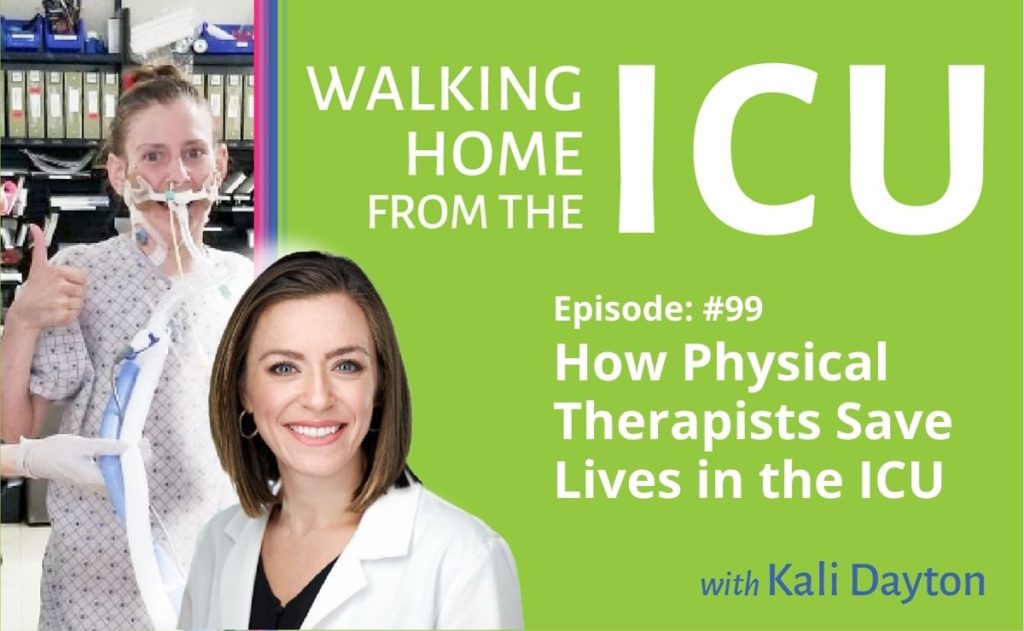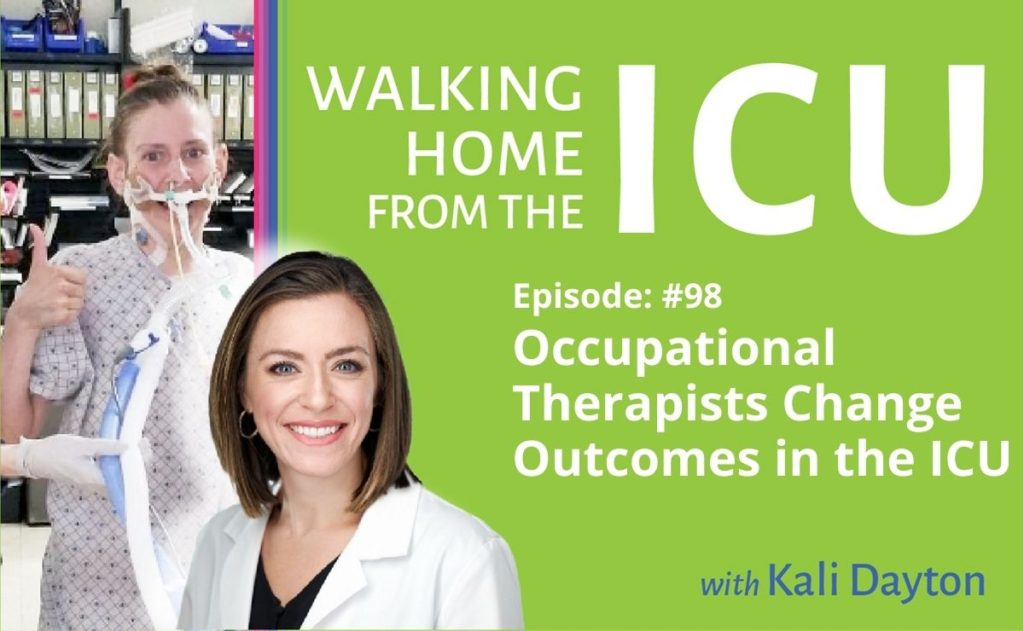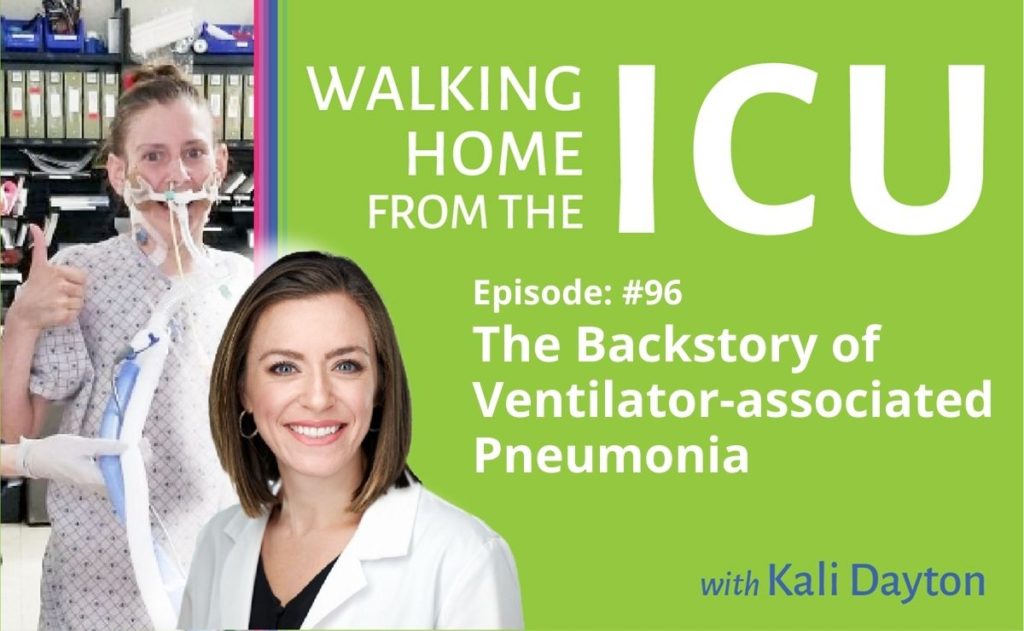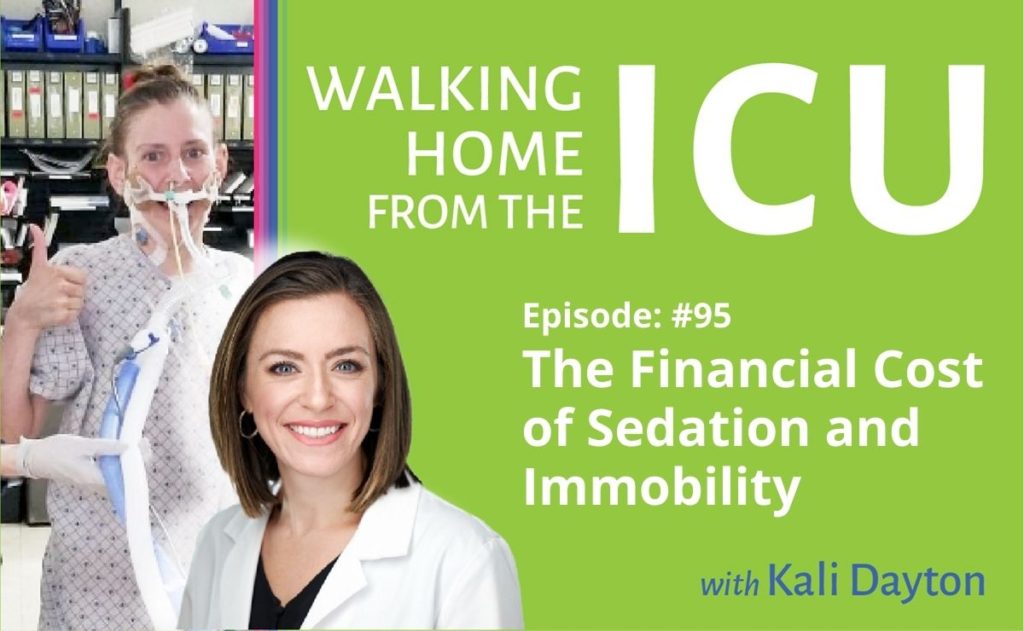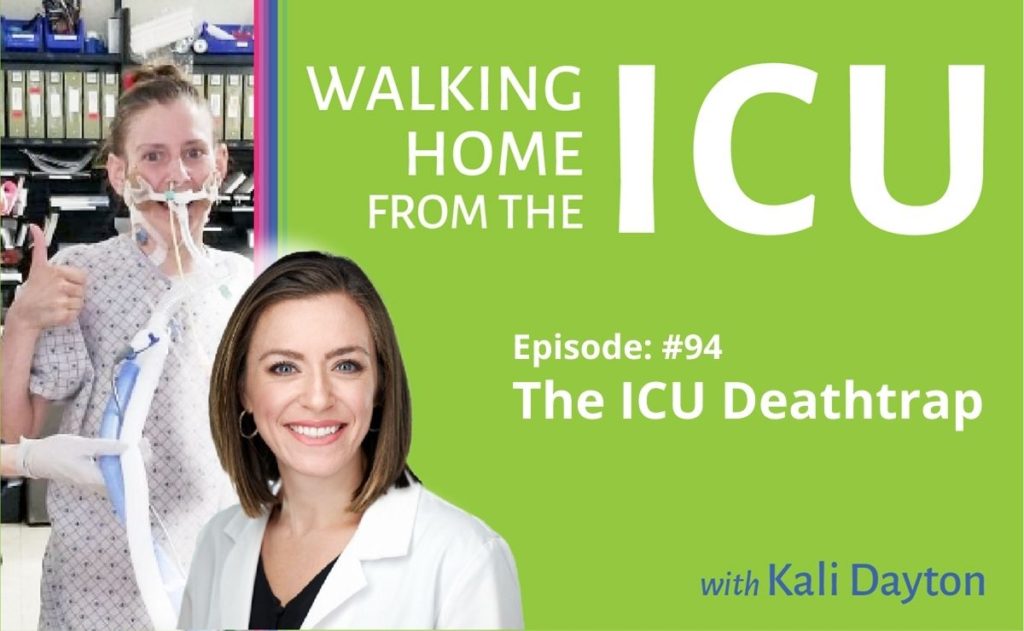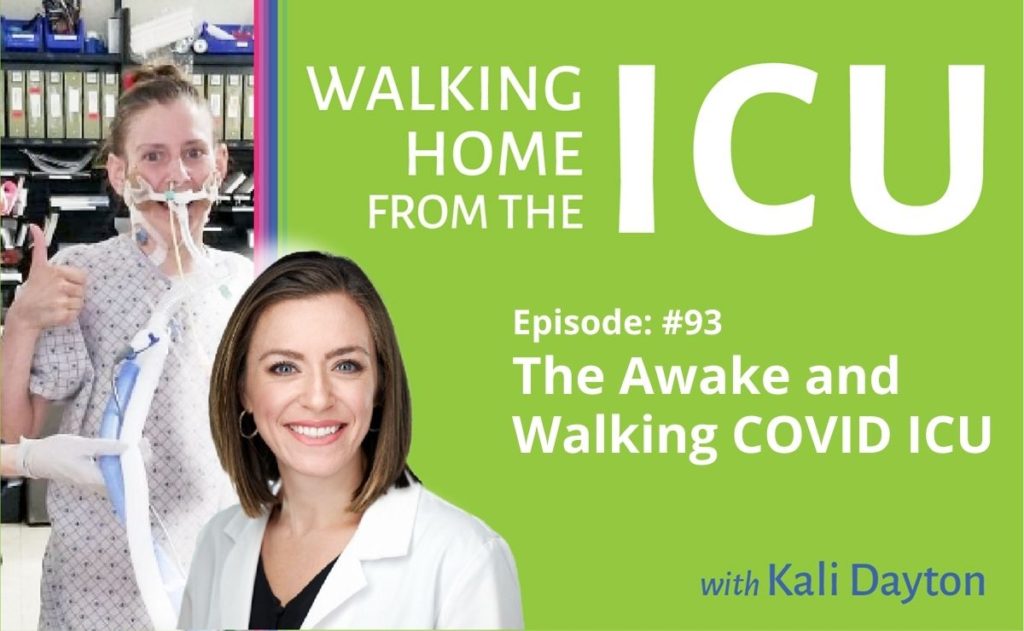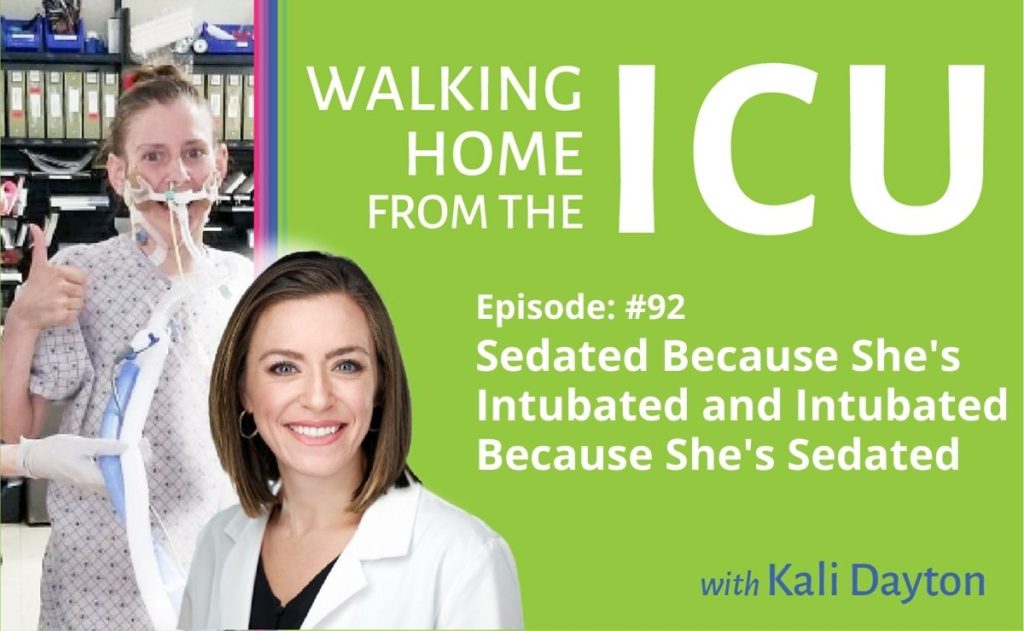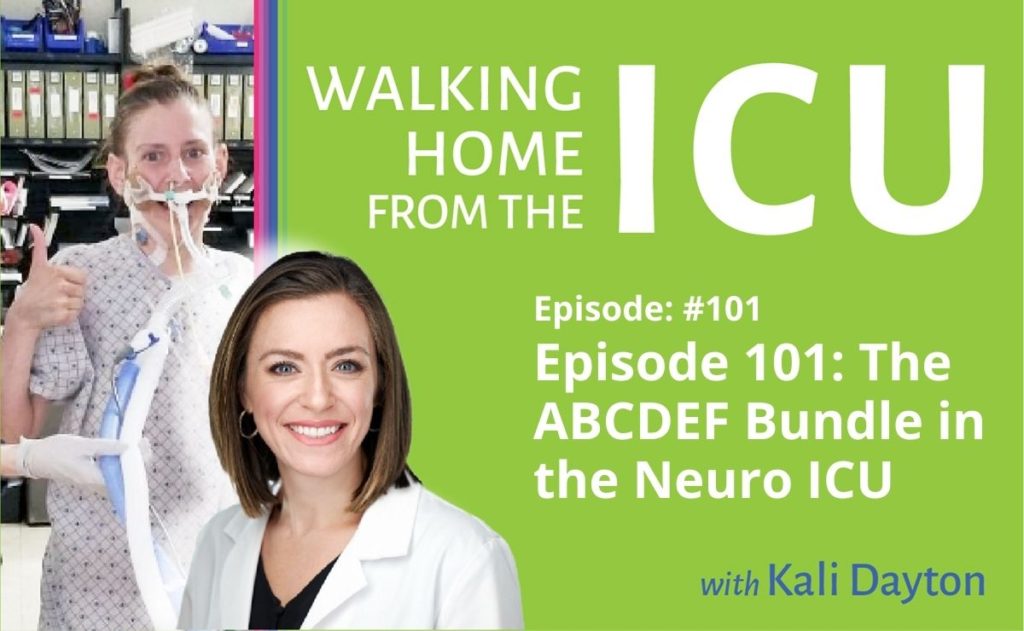
Walking Home From The ICU Episode 101: The ABCDEF Bundle in the Neuro ICU
What does the ABCDEF bundle look like in neurocritical care? When patients suffer conditions such as intracranial hypertension that necessitate sedation and immobility, how does the ABCDEF bundle apply? Neurointensivist, Dr. Neha Dangayach, shares with us her team’s strong ABCDEF culture and practices in the neuro ICU. Episode Transcription Kali Dayton 0:06 In a recent
Learn More > from Walking Home From The ICU Episode 101: The ABCDEF Bundle in the Neuro ICU
